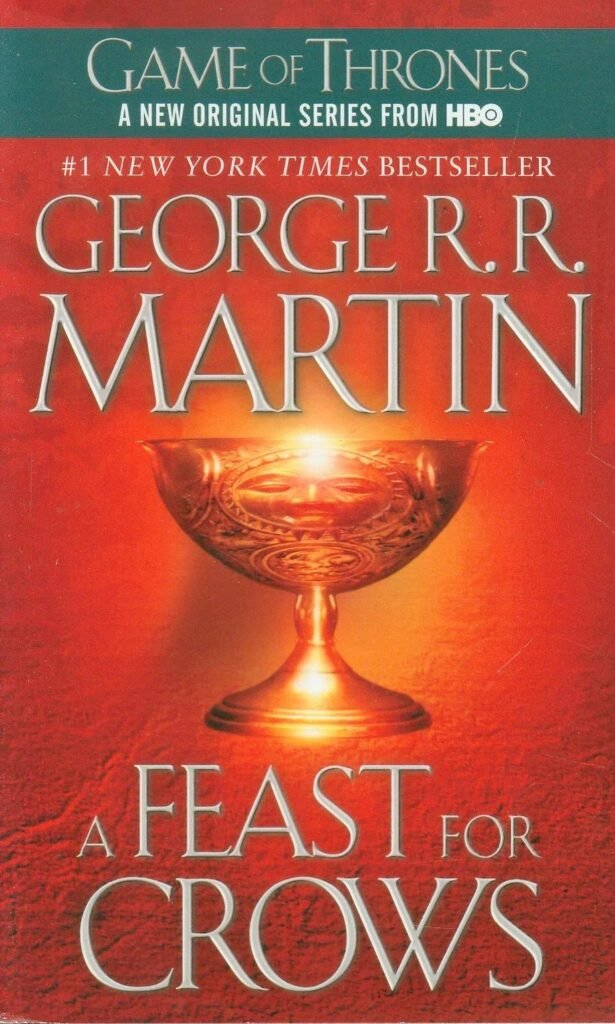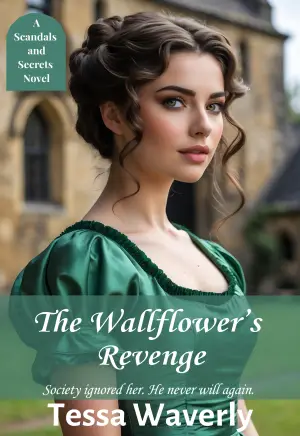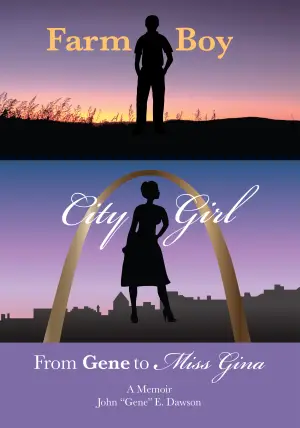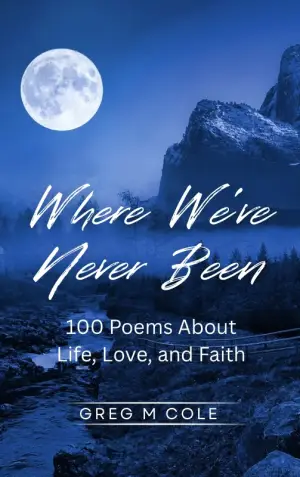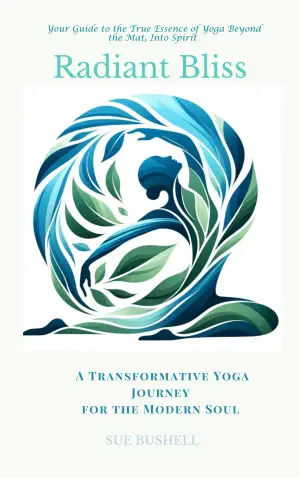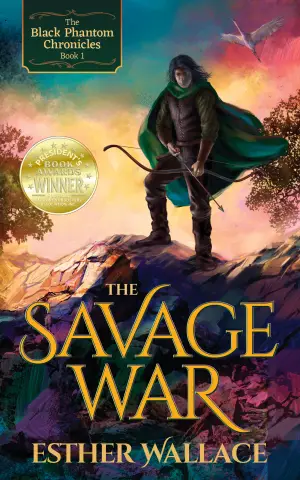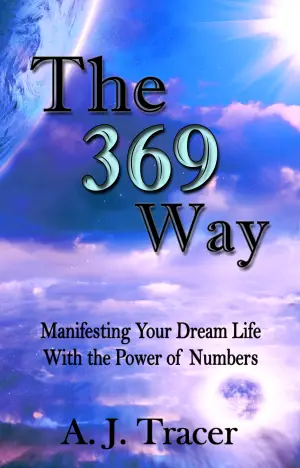A Feast for Crows: An Uneasy Banquet of Characters and Expectation
As someone who came late to the world of George R.R. Martin, jumping in after the release of A Game of Thrones and A Clash of Kings, I found myself deeply invested in the intricate web of betrayals, loyalties, and, of course, the looming dread of winter. The anticipation for A Feast for Crows was palpable, especially after the shocking climax of A Storm of Swords. Yet, as I opened this much-anticipated installment, I was intrigued not only by the story unfolding within its pages but also by the wave of criticism swirling around it. Could Crows truly be the weak link in this epic chain, or was it merely a misunderstood bridge between grander tales?
In hindsight, A Feast for Crows feels less like a full course meal and more like an amuse-bouche—tantalizing yet ultimately insufficient. Martin’s decision to split his narrative geographically meant that we lost many of our beloved characters: Tyrion, Jon Snow, and Daenerys—names that had become synonymous with high-stakes drama and emotional investment. Instead, the narrative focuses largely on secondary characters and plots that, while interesting, don’t quite hit the dramatic notes we’ve become accustomed to.
Characters like Jaime Lannister and Cersei take center stage, and their arcs hold complexities that are both engaging and frustrating. Cersei’s descent into paranoia is a poignant exploration of how power can corrupt and blind even the most cunning minds. Conversely, Jaime’s efforts to navigate his new reality bring a refreshing depth to his character that contrasts sharply with his past. I found their narratives offered fascinating insights into the cost of power and ambition. The slow, torturous delve into the psyche of these characters spoke to me, showcasing Martin’s prowess when given space to grow his disturbing yet relatable personas.
However, the pacing felt uneven. While Martin’s vivid descriptions transported me to a war-ravaged Westeros, some threads meandered to the point of confusion. The convoluted names and connections—Aeron, Asha, Areo—all blurred together, creating a sense of disarray that defied the clarity and urgency Martin masterfully wove in earlier volumes. Furthermore, the absence of major action sequences left me longing for the adrenaline rush typically associated with Martin’s gripping storytelling. I found myself eyeing the pages, waiting for something—anything—to jolt the narrative to life.
And let’s talk about the writing itself. Though I would never accuse Martin of being anything less than a gifted storyteller, Crows at times felt like a first draft, lacking the polish and vibrancy that characterized Swords. Dialogue fell flat, laden with repetitive phrases that jarred against the backdrop of previous, more engaging exchanges. Yet, in the midst of these shortcomings, I couldn’t help but chuckle at the awkward sex scenes, such as the one involving Cersei that brings an unexpected levity to a generally dark narrative.
In conclusion, A Feast for Crows is a divisive entry in Martin’s grand saga, likely to resonate differently with fans depending on their attachment to the series. Those who appreciate rich character studies might find value in the exploration of Cersei and Jaime, while readers like myself, who thrive on interconnected narratives and thrilling plot twists, may walk away feeling a tad unsatisfied. Ultimately, I would recommend this book to dedicated fans who want to peel back another layer of Westeros’ intricate political landscape, but perhaps with tempered expectations. As I turn the page towards A Dance with Dragons, I can’t help but hope that we will soon get back to the exhilarating quagmire that defines Martin’s intricate universe—because I’m ready for that next, exhilarating feast.
Discover more about A Feast for Crows (A Song of Ice and Fire, #4) on GoodReads >>

